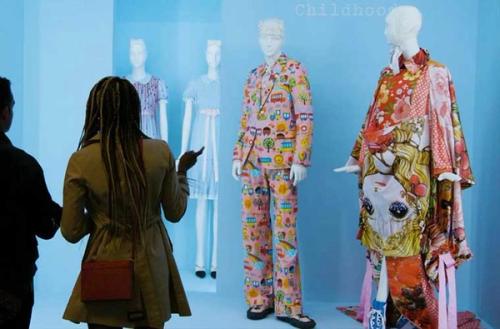Among the world's greatest technological and imaginative achievements is the invention and development of the timepiece. Examining for the first time The Metropolitan Museum of Art's unparalleled collection of European clocks and watches created from the late Renaissance through the nineteenth century, this fascinating book enriches our understanding of the origins and evolution of these ingenious works. It showcases fifty-four clocks, watches, and other timekeeping devices, each represented with an in-depth description and new photography of the exterior and the inner mechanisms. Among these masterpieces is an ornate sixteenth-century celestial timepiece that accurately predicts the trajectory of the sun, moon, and stars; an eighteenth-century longcase clock by David Roentgen that shows the time in the ten most important cities of the day; and a nineteenth-century watch featuring a penetrating portrait of Czar Nicholas I of Russia. Created by the best craftsmen in Austria, England, Flanders, France, Germany, Italy, the Netherlands, and Switzerland, these magnificent timepieces have been selected for their remarkable beauty and design, as well as their sophisticated mechanics. Built upon decades of expert research, this publication is a long-overdue survey of these stunning visual and technological marvels.











